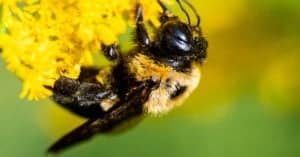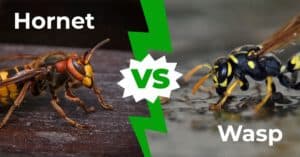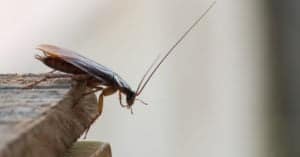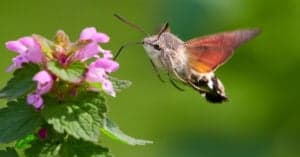Are Moths Poisonous or Dangerous?
@media (min-width: 481px) {
.mobile-top-content {
display: none;
}
}
#mobileTopContentCTACarouselControls { overflow: hidden; text-overflow: ellipsis; white-space: nowrap; }
.mobile-top-content .more { color: #fff; }
.mobile-top-content a { color: #fff; text-decoration: underline; }
.mobile-top-content a:hover { color: #fff; text-decoration: underline; }
@media (max-width: 480px) {
.mobile-top-content {
background-color: #06a10b;
color: #fff;
text-align: center;
/*height: 60px;
padding-top:5px;*/
font-size:80%;
/* display: block; */
margin: 0px -30px;
}
}
Moths can leave many damages to your belongings such as clothes, food, and others. But despite being a nuisance to households, they do not spread diseases. Health and safety-wise, moths pose no harm or threat to humans – they are neither poisonous nor dangerous. Moths are incapable of biting, especially when adults, making them even less of a harm to humans. A few species are known to sting, which can cause mild skin irritations, but none contain venom that may be harmful to people. They are also not known to be aggressive insects and often fly away when approached. Moths are closely related to butterflies, and the two classify under one category of insects.
Do Moths Bite?
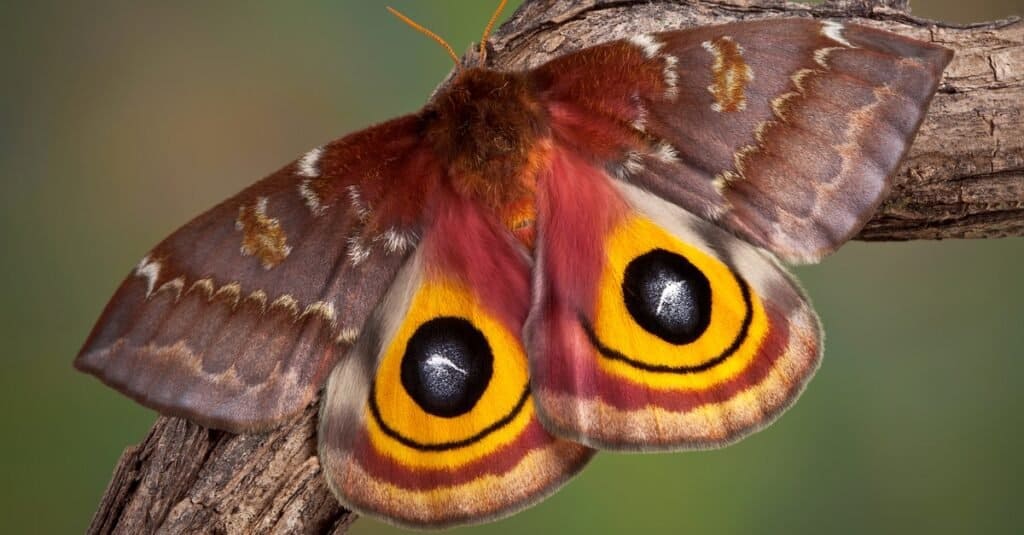
Cathy Keifer/Shutterstock.com
We perceive moths as a nuisance in our households for being responsible for the moth holes on our beloved things, especially clothes. But what’s interesting is that adult moths do not have any teeth or fangs, let alone a whole mouth! Because of this, adult moths cannot bite anything, especially humans. The ones accountable for the holes in our favorite household items are their larvae, called caterpillars, as they eat through the fabrics. However, a few species of moth caterpillars can sting and cause mild skin irritations. Moth caterpillars have hairy skin, and these hairs do not resemble typical animal fur. They are more like spines and, upon contact with human skin, may cause allergic reactions.
There are more than 160,000 species of moths known across the globe. While all moths are timid and elusive, they are not aggressive. Adult moths are also incapable of biting due to their lack of mouths. Since they do not have this significant part of animals body, they make up for all the food and nutrients they wouldn’t be able to eat as adults during their larval stage. Adult moths lay their eggs on plants and leaves so that when they hatch, their caterpillars will have sufficient nutrients and food that will be enough to last them until their adult stage. As caterpillars develop wings through metamorphosis, they lose their tiny teeth. The caterpillar’s mouth becomes atrophied and vanishes, replaced by a long, straw-like structure called a proboscis that sips nectar and other fluids.
On the other hand, vampire moths are the only exception to this non-biter rule. Also called fruit-piercing moths, these moths have a proboscis with tiny projections that are sharp enough to penetrate human skin.
Are Moths Dangerous to Humans?

Kevin Collison/Shutterstock.com
Moths are generally not dangerous to humans. Apart from the fact that adult moths do not bite, contain venom, have poisonous coatings, or are hazardous when accidentally ingested, moths are mostly harmless to humans. However, their larvae counterparts can have some mild effects on human skin due to their spiny hairs.
Various moth caterpillars do not bite humans, but their prickly hairs that resemble spines can give painful stings. Some people might develop allergic reactions from getting in contact with caterpillar hairs. Symptoms of allergic reactions from hair stings include itching, pain that lasts for several minutes, and itchy welts and red bumps that may resemble hives. These red patches can burn and cause discomfort for a few minutes after the sting. Some species of moth caterpillars can cause lepidopterism and caterpillar dermatitis. Both are skin conditions that often appear after contact with moth or butterfly larvae. There are reports of developing these skin conditions upon contact with adult moths, but they are infrequent. In the United States, around 50 known moth caterpillar species can sting painfully and cause allergic reactions and skin irritations. This is relatively small, though, compared to hundreds of thousands of moth species.
To clear the confusion, moth caterpillars do not actually “sting.” Moths, in whatever stage they may be, are elusive and non-aggressive. However, when you handle or accidentally come in contact with a moth caterpillar, their spiny hairs can easily lodge in your skin, causing the symptoms mentioned above. Yet, a few select species of moth caterpillars have mild venom coating their spines. These spines help caterpillars, which are often a tasty snack for predators, fight back. The giant silkworm moth larvae, flannel moth caterpillars, and puss moth larvae are notorious for their painful hair stings.
Are Moths Poisonous?
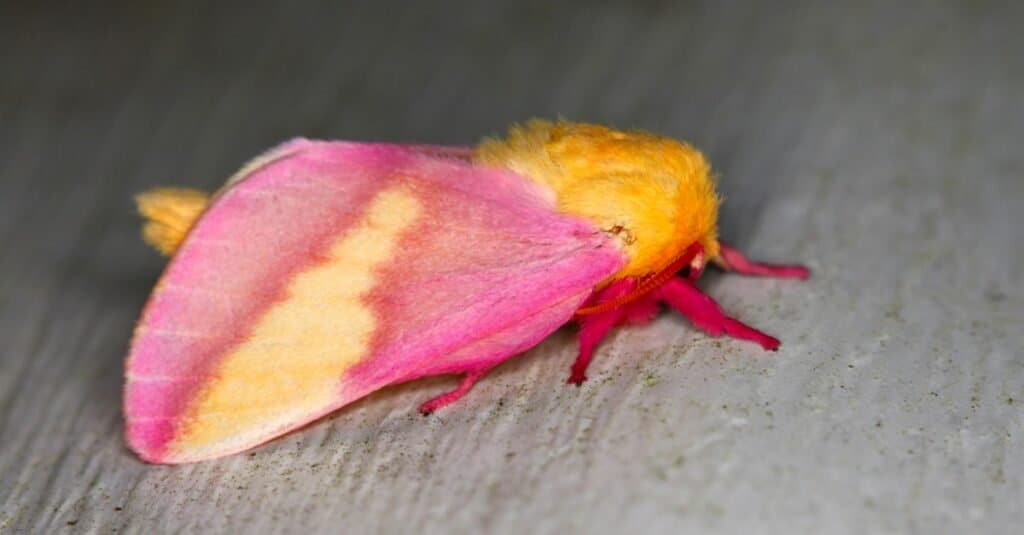
Jason Patrick Ross/Shutterstock.com
Generally, most types of moths are not poisonous. So if you accidentally eat a moth or its larvae (don’t worry, it happens), there is no need to panic. There are very few species of moths that can emit toxic substances when ingested, but these substances are not enough to cause harm to humans. These moths often eat poisonous plants during their larval stage, thus the toxins they have as adults. Eating or accidentally ingesting mildly toxic moth species will only cause adverse effects if consumed in large amounts. This would rarely happen, apparently, but it might cause an upset stomach, vomiting, or diarrhea if it does.
Moth caterpillars with visible spiny and brightly-colored hairs can signify more potent toxins than others. Yet, none of these moth species can endanger a human’s life, or even dogs’ and other pets’. Dogs can sometimes curiously eat moths, but there’s nothing to worry about. Most moth species will not affect pets if ingested. If, in some rare circumstances, your dog has ingested a toxic moth, it can cause mild intestinal problems. But again, no fatal consequences are bound to happen.
How to Avoid Moth Stings
Most moth stings you will experience are going to be from moth caterpillars. They have tiny hairs that resemble spines and can accidentally lodge on human skin. Moths and their larvae are generally not aggressive, so the best way to avoid them is to keep out of their way as much as possible. When you come across one, never touch or handle them. They are not poisonous to touch, but their spines can prick you and cause itching and other mild skin irritations.
More from A-Z Animals
.more-snake-card-image { max-height:140px !important; }
@media (min-width: 481px) {
.mobile-top-content {
display: none;
}
}
#mobileTopContentCTACarouselControls { overflow: hidden; text-overflow: ellipsis; white-space: nowrap; }
.mobile-top-content .more { color: #fff; }
.mobile-top-content a { color: #fff; text-decoration: underline; }
.mobile-top-content a:hover { color: #fff; text-decoration: underline; }
@media (max-width: 480px) {
.mobile-top-content {
background-color: #06a10b;
color: #fff;
text-align: center;
/*height: 60px;
padding-top:5px;*/
font-size:80%;
/* display: block; */
margin: 0px -30px;
}
}
Moths can leave many damages to your belongings such as clothes, food, and others. But despite being a nuisance to households, they do not spread diseases. Health and safety-wise, moths pose no harm or threat to humans – they are neither poisonous nor dangerous. Moths are incapable of biting, especially when adults, making them even less of a harm to humans. A few species are known to sting, which can cause mild skin irritations, but none contain venom that may be harmful to people. They are also not known to be aggressive insects and often fly away when approached. Moths are closely related to butterflies, and the two classify under one category of insects.
Do Moths Bite?

Cathy Keifer/Shutterstock.com
We perceive moths as a nuisance in our households for being responsible for the moth holes on our beloved things, especially clothes. But what’s interesting is that adult moths do not have any teeth or fangs, let alone a whole mouth! Because of this, adult moths cannot bite anything, especially humans. The ones accountable for the holes in our favorite household items are their larvae, called caterpillars, as they eat through the fabrics. However, a few species of moth caterpillars can sting and cause mild skin irritations. Moth caterpillars have hairy skin, and these hairs do not resemble typical animal fur. They are more like spines and, upon contact with human skin, may cause allergic reactions.
There are more than 160,000 species of moths known across the globe. While all moths are timid and elusive, they are not aggressive. Adult moths are also incapable of biting due to their lack of mouths. Since they do not have this significant part of animals body, they make up for all the food and nutrients they wouldn’t be able to eat as adults during their larval stage. Adult moths lay their eggs on plants and leaves so that when they hatch, their caterpillars will have sufficient nutrients and food that will be enough to last them until their adult stage. As caterpillars develop wings through metamorphosis, they lose their tiny teeth. The caterpillar’s mouth becomes atrophied and vanishes, replaced by a long, straw-like structure called a proboscis that sips nectar and other fluids.
On the other hand, vampire moths are the only exception to this non-biter rule. Also called fruit-piercing moths, these moths have a proboscis with tiny projections that are sharp enough to penetrate human skin.
Are Moths Dangerous to Humans?

Kevin Collison/Shutterstock.com
Moths are generally not dangerous to humans. Apart from the fact that adult moths do not bite, contain venom, have poisonous coatings, or are hazardous when accidentally ingested, moths are mostly harmless to humans. However, their larvae counterparts can have some mild effects on human skin due to their spiny hairs.
Various moth caterpillars do not bite humans, but their prickly hairs that resemble spines can give painful stings. Some people might develop allergic reactions from getting in contact with caterpillar hairs. Symptoms of allergic reactions from hair stings include itching, pain that lasts for several minutes, and itchy welts and red bumps that may resemble hives. These red patches can burn and cause discomfort for a few minutes after the sting. Some species of moth caterpillars can cause lepidopterism and caterpillar dermatitis. Both are skin conditions that often appear after contact with moth or butterfly larvae. There are reports of developing these skin conditions upon contact with adult moths, but they are infrequent. In the United States, around 50 known moth caterpillar species can sting painfully and cause allergic reactions and skin irritations. This is relatively small, though, compared to hundreds of thousands of moth species.
To clear the confusion, moth caterpillars do not actually “sting.” Moths, in whatever stage they may be, are elusive and non-aggressive. However, when you handle or accidentally come in contact with a moth caterpillar, their spiny hairs can easily lodge in your skin, causing the symptoms mentioned above. Yet, a few select species of moth caterpillars have mild venom coating their spines. These spines help caterpillars, which are often a tasty snack for predators, fight back. The giant silkworm moth larvae, flannel moth caterpillars, and puss moth larvae are notorious for their painful hair stings.
Are Moths Poisonous?

Jason Patrick Ross/Shutterstock.com
Generally, most types of moths are not poisonous. So if you accidentally eat a moth or its larvae (don’t worry, it happens), there is no need to panic. There are very few species of moths that can emit toxic substances when ingested, but these substances are not enough to cause harm to humans. These moths often eat poisonous plants during their larval stage, thus the toxins they have as adults. Eating or accidentally ingesting mildly toxic moth species will only cause adverse effects if consumed in large amounts. This would rarely happen, apparently, but it might cause an upset stomach, vomiting, or diarrhea if it does.
Moth caterpillars with visible spiny and brightly-colored hairs can signify more potent toxins than others. Yet, none of these moth species can endanger a human’s life, or even dogs’ and other pets’. Dogs can sometimes curiously eat moths, but there’s nothing to worry about. Most moth species will not affect pets if ingested. If, in some rare circumstances, your dog has ingested a toxic moth, it can cause mild intestinal problems. But again, no fatal consequences are bound to happen.
How to Avoid Moth Stings
Most moth stings you will experience are going to be from moth caterpillars. They have tiny hairs that resemble spines and can accidentally lodge on human skin. Moths and their larvae are generally not aggressive, so the best way to avoid them is to keep out of their way as much as possible. When you come across one, never touch or handle them. They are not poisonous to touch, but their spines can prick you and cause itching and other mild skin irritations.

